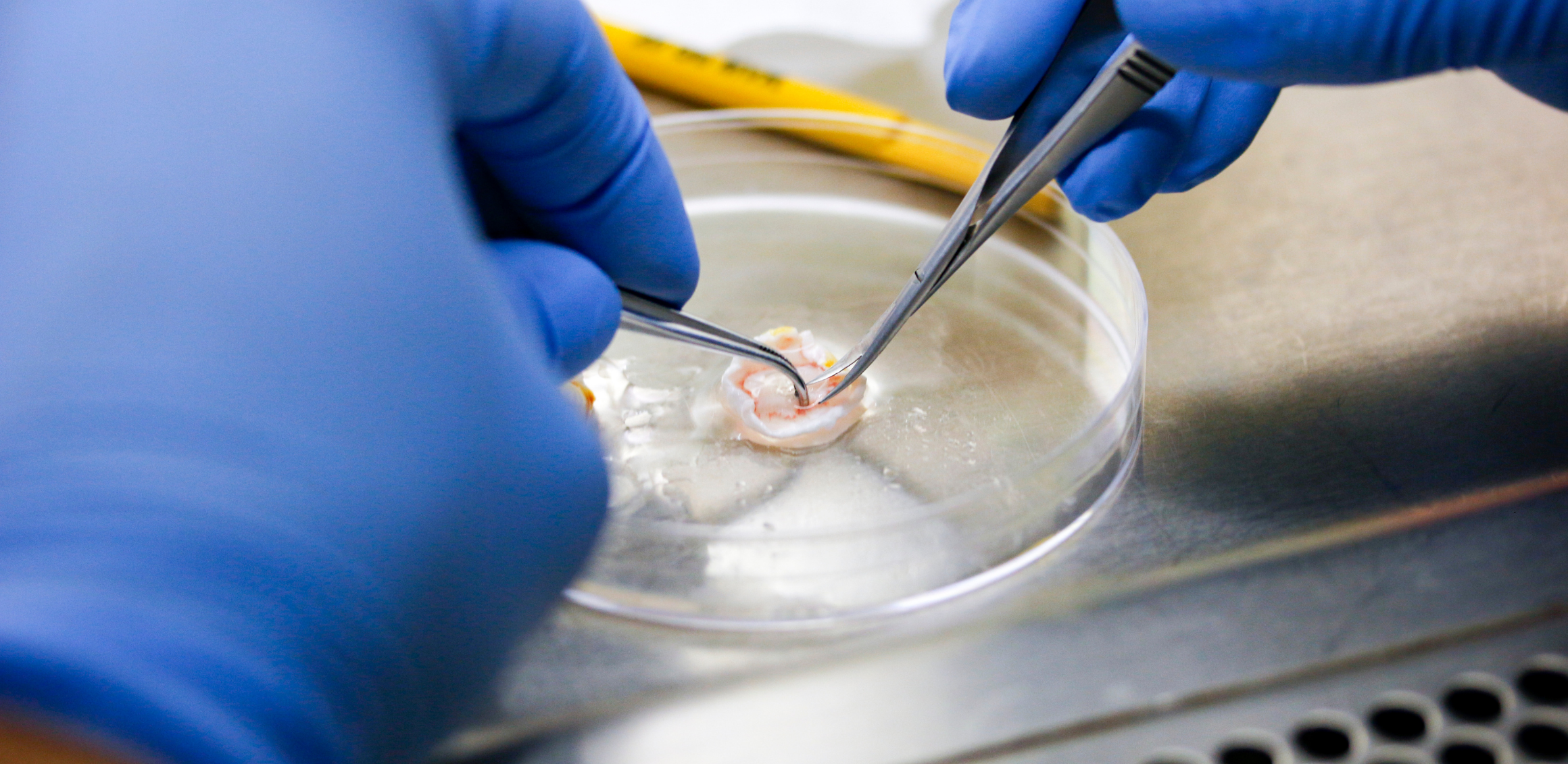
Aortic Dissection
Aortic dissection is a serious medical emergency caused by a tear in the inner layer of the aortic wall.
Aortic Dissection
Aortic dissection is a serious medical emergency caused by a tear in the inner layer of the aortic wall. The aorta is the largest artery in the body and carries blood from the heart to the rest of the body. When an aortic dissection occurs, the tear allows blood to flow between the layers of the aortic wall, creating a channel.
Symptoms:
- Sudden and severe chest pain or back pain: This is often described as a tearing or ripping sensation in the chest or back.
- Shortness of breath: Difficulty breathing may occur due to the involvement of the aorta close to the lungs.
- Sweating: Profuse sweating can accompany the pain.
- Fainting: Loss of consciousness may occur due to decreased blood flow to vital organs.
- Rapid or irregular heartbeat: Palpitations can occur as the heart compensates for decreased blood flow.
- Nausea and vomiting: These symptoms may be present due to the severe pain and stress on the body.
The symptoms vary depending on the location of the tear in the aortic wall and how far the dissection extends.
Causes: Aortic dissection can be caused by:
- High blood pressure (hypertension)
- Weakness in the arterial wall
- Aortic valve disease
- Trauma
- Genetic factors
- Certain medical conditions
Treatment: Treatment of aortic dissection is typically surgical. Various procedures may be used to repair or replace the damaged portion of the aortic wall. The goal of surgery is to prevent complications and potentially fatal outcomes associated with untreated aortic dissection.
Importance of Early Diagnosis and Treatment: Early diagnosis and prompt treatment are crucial because aortic dissection can lead to serious complications, including organ damage, stroke, heart attack, or even death if left untreated.
Aortic dissection requires immediate medical attention and intervention by a specialized medical team, often involving cardiovascular surgeons and critical care specialists.
